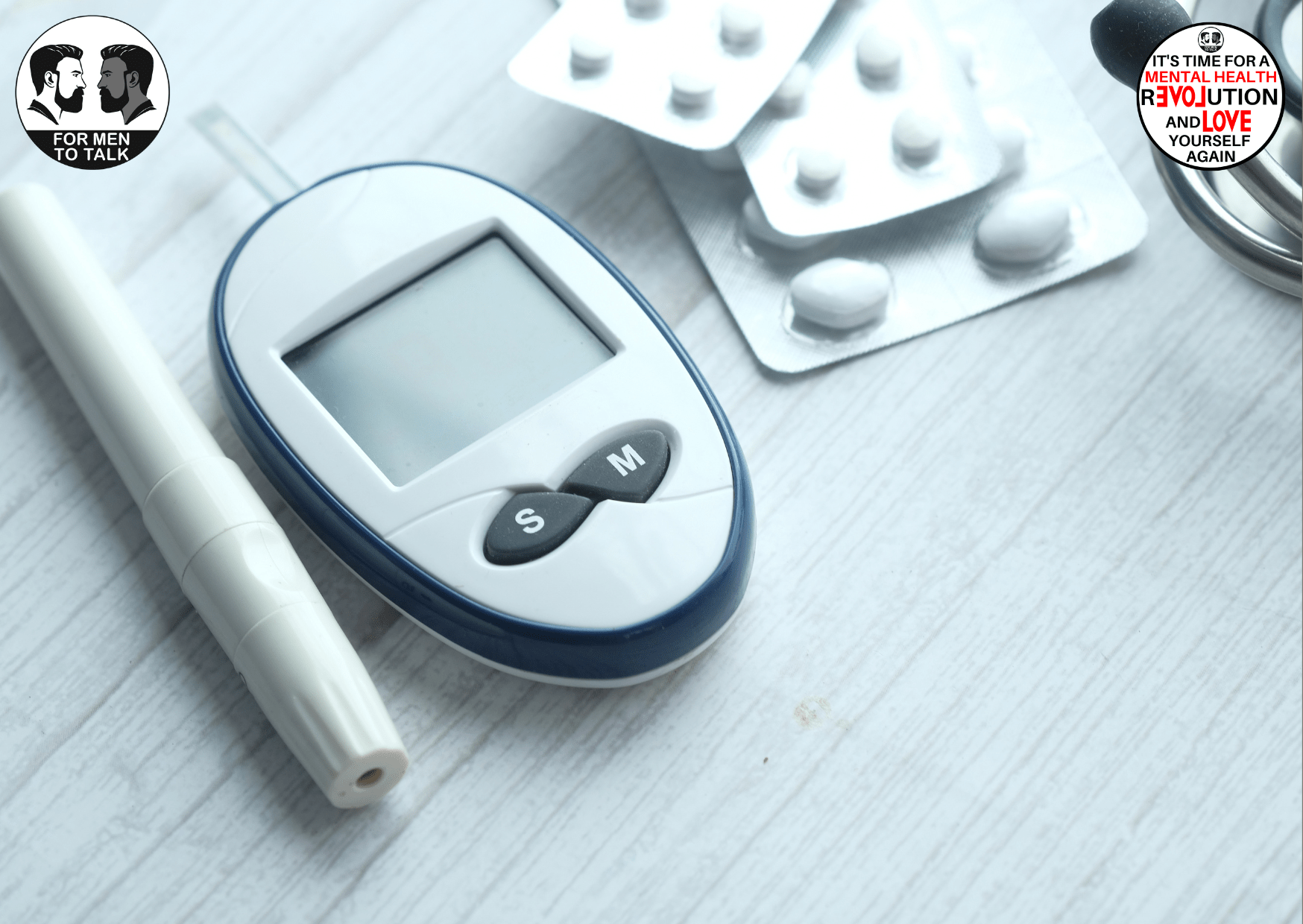Looking at diabetes

Diabetes is a chronic medical condition in which the body is unable to properly regulate the level of sugar (glucose) in the blood. Glucose is an important source of energy for the body, and it is derived from the food we eat. The hormone insulin helps regulate blood sugar levels by allowing glucose to enter cells, where it can be used for energy.
There are two main types of diabetes: type 1 and type 2. In type 1 diabetes, the body does not produce any insulin, so people with this type of diabetes must take insulin injections or use an insulin pump to manage their blood sugar levels.
Type 1 diabetes is typically diagnosed in childhood or adolescence and it is not preventable.
Type 2 diabetes, on the other hand, is the most common form of diabetes, accounting for about 90-95% of all cases. It occurs when the body becomes resistant to the effects of insulin or when the pancreas does not produce enough insulin to meet the body’s needs. Type 2 diabetes is often associated with obesity and a sedentary lifestyle, and it is more common in older adults although it can occur at any age.
Symptoms of diabetes may include frequent urination, excessive thirst, fatigue and blurred vision. If left untreated, diabetes can lead to serious complications such as heart disease, nerve damage, kidney damage, blindness and amputations.
Treatment for diabetes typically involves a combination of medications, diet, and exercise. People with type 1 diabetes may need to take insulin injections or use an insulin pump to manage their blood sugar levels. People with type 2 diabetes may need to take oral medications or insulin injections to help their bodies use insulin more effectively. In both types of diabetes, maintaining a healthy diet and getting regular exercise can help manage blood sugar levels and prevent complications.
There are also several lifestyle factors that can increase the risk of developing diabetes, including being overweight or obese, having a family history of diabetes and not getting enough physical activity. To reduce the risk of developing diabetes, it is important to maintain a healthy weight, eat a balanced diet and get regular physical activity.
In conclusion, diabetes is a serious medical condition that affects millions of people worldwide. It is important to manage blood sugar levels through a combination of medications, diet, and exercise in order to prevent serious complications. By making healthy lifestyle choices, it is possible to reduce the risk of developing diabetes and improve overall health and well-being.